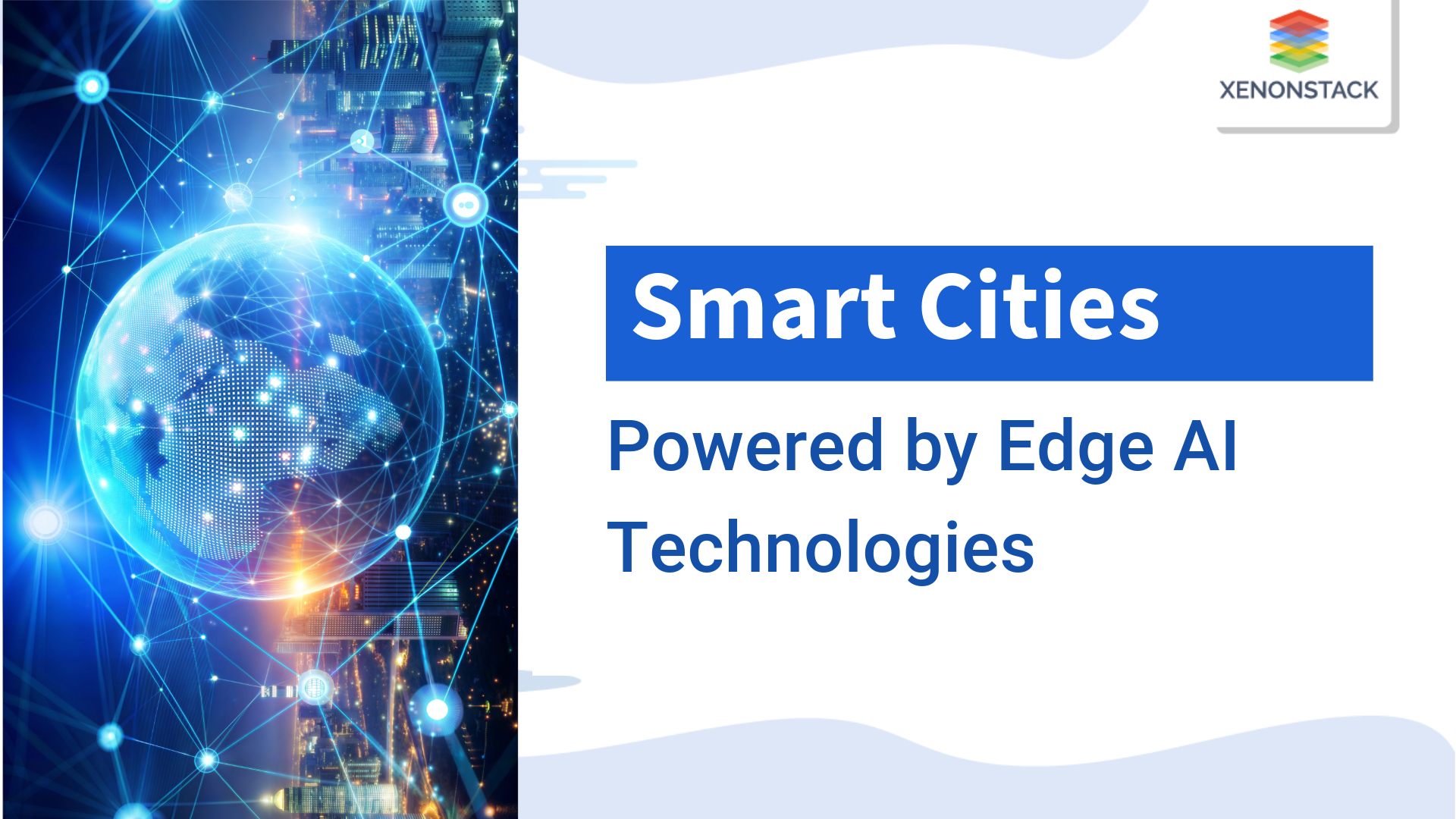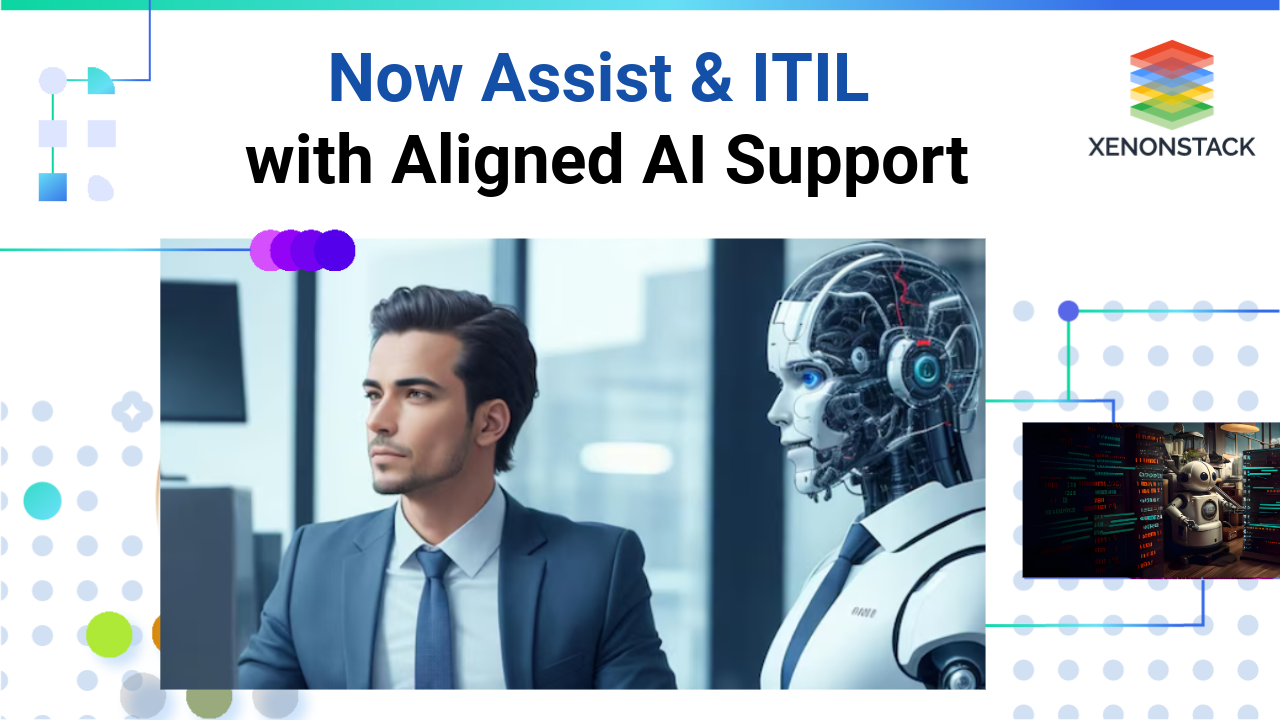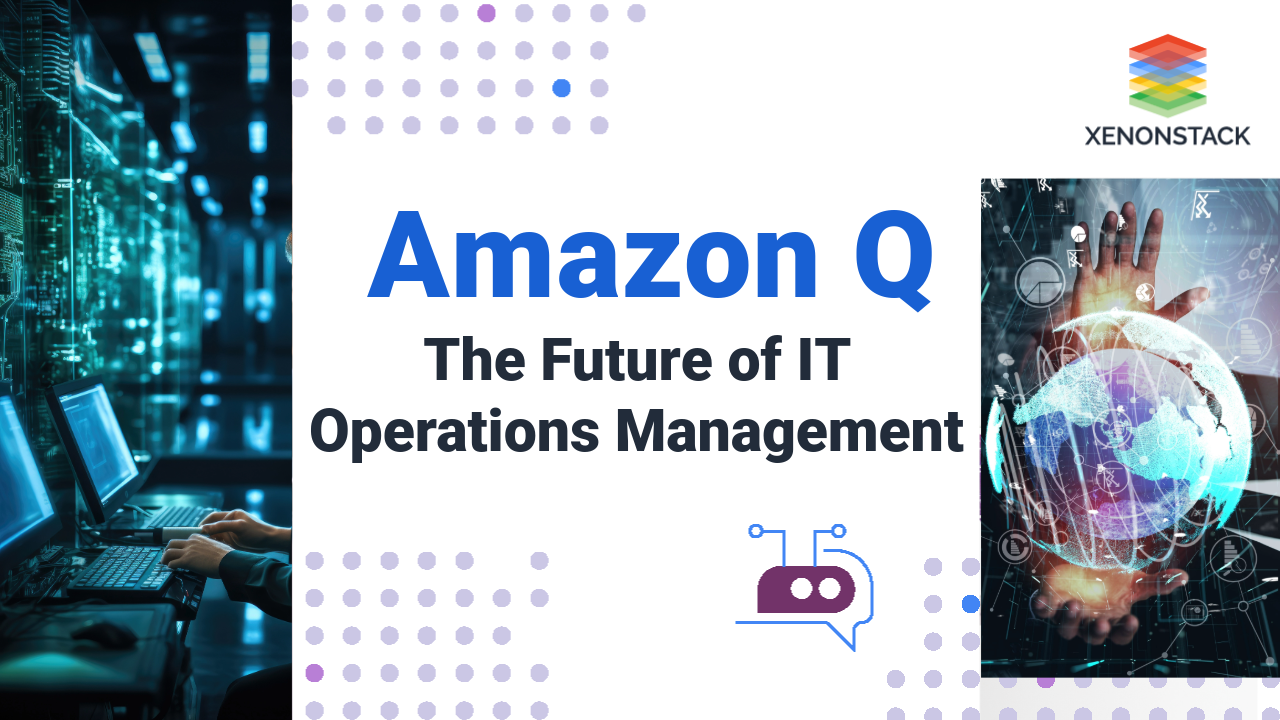
Introduction
Generative AI (ARTIFICIAL INTELLIGENCE) is a set of machine learning techniques that can generate content such as images, music, and text that closely resembles human-created content. On the other hand, LLMs are neural networks with billions of parameters trained on vast amounts of text data, allowing them to understand, process, and generate human-like language.
Combining these technologies presents many possibilities to transform industries and enhance human-machine interactions. By exploring these possibilities, business owners and decision-makers can gain valuable insights, accelerate growth, and achieve tangible results through rapid prototyping. The advantage of Gen AI is that it requires minimal expertise and no model training.
People think ChatGPT is the only option for generating text using AI, but several other models are available from different providers. Some examples include Jurassic-1, Jurassic-X, Cohere Generate, BERT (Bidirectional Encoder Representations from Transformers), Muse, RoBERTa (Robustly Optimized BERT Pretraining Approach) and Luminous. This article discusses various applications that utilize OpenAI's ChatGPT model. However, it is important to note that you can easily customize and switch to another model based on specific needs. Using smaller models can lead to faster loading times and reduce inference latency.
Link LLMs with external data sources
LLMs are proficient in various tasks without initial customization. They excel at these generic tasks due to the large, generic datasets used to train the underlying model. However, domain-specific tasks may require different competencies. For example, they are answering questions about your company's sales report. Here, the role of Retrieval Augmented Generation (RAG) emerges. Retrieval Augmented
Generation (RAG) is used in Natural Language Processing (NLP) for text generation. It involves retrieving relevant information from a corpus and using it to enhance the generated text. RAG has emerged as a promising solution for improving the quality of generated text and making it more contextually relevant.
· RAG combines natural language processing with external knowledge to improve language models like ChatGPT at answering domain-specific questions, mitigating inaccuracies and hallucinations."
· RAG model retrieves relevant information from external sources such as documents, databases, and the internet. The relevance is determined by semantic similarity to the user's question, measured by cosine similarity.
· RAG augments retrieved information to provide context for LLM response.
This approach enhances the versatility and value of LLMs across various domains, including question-answering, content creation, and interactive conversation with real-time data.
Connect LLMs to external applications
Like external data sources, LLMs can connect with external applications tailored to specific tasks. This feature is precious when the model occasionally produces inaccuracies due to outdated information. For instance, when ChatGPT is asked about the current Prime Minister of the UK, it might incorrectly refer to Boris Johnson, who left office in late 2022. This limitation exists because the model's knowledge is fixed during its pre-training period and does not encompass post-training events, such as Rishi Sunak's appointment.
Integrating LLMs with agents can enhance their capabilities and help address various challenges. These agents can help overcome the absence of internet access, which is often a limitation of LLMs, by allowing them to interact with external tools such as weather APIs (Application Programming Interface) for real-time weather data. A good example is the chatbot developed by Expedia, which assists users in finding and booking hotels, answering queries about accommodations, and providing personalized travel suggestions.
LLM chains
LLMs are often used individually in most applications. However, recently, there has been an increased interest in chaining multiple LLMs together to perform more complex tasks. This method involves linking several LLMs in sequence, each specializing in a specific aspect. By collaborating, they generate comprehensive and refined outputs, making the process more efficient and effective for complex applications.
Language translation has been dramatically improved by using Language Model Models (LLMs) to convert text from one language to another. Microsoft has suggested using LLM chaining to provide more accurate translations of rare words in low-resource languages. This approach has proven to be amazingly effective in providing context-aware translations.
Entities Extraction using LLMs
Entity extraction was a time-consuming and labour-intensive task that involved collecting and labelling data and training complex machine learning models. This process was not only inconvenient but also resource-intensive. However, the paradigm has shifted with the emergence of Language Model Models (LLMs). Extracting entities from text is an effortless process with the help of a prompt. It allows users to query the model and obtain the desired results quickly. Even more impressive is that, using the prompt, you can define a schema and specific attributes of interest when extracting entities from unstructured text like PDFs.
For instance, financial institutions can leverage LLMs to extract critical financial entities such as company names, ticker symbols, and financial figures from news articles.
Improves transparency of LLM
Receiving direct responses from LLMs can be valuable, but the opaqueness of the black box approach often raises hesitations among users. Moreover, pinpointing the exact failure step can be challenging when faced with an inaccurate response to a complex query. To address these challenges, the Reason and Act (ReAct) framework offers a systematic breakdown of the process, significantly assisting debugging.
ReAct emphasizes step-by-step reasoning to make the LLM generate solutions like humans. The goal is to make the model think through tasks like humans and explain its reasoning using language. Generating ReAct prompts is a straightforward task that involves human annotators expressing their thoughts in natural language alongside the corresponding actions they have executed. The model can learn to generalize well for new tasks with only a handful of such instances. Several ed-tech companies are testing tools to provide personalized help to learners with coursework and assignments, along with AI-driven lesson plans for instructors, shaping a new framework for education.
Conclusion
In conclusion, the integration of Gen AI and Language Model Models (LLMs) offers a plethora of opportunities to revolutionize industries and improve human-machine interactions. By leveraging external data sources, connecting to external applications, exploring LLM chains, utilizing entity extraction, and improving transparency with frameworks like ReAct, businesses can unlock valuable insights, enhance productivity, and deliver more accurate and contextually relevant results. The future of AI governance lies in embracing these advancements responsibly and ethically, ensuring that AI continues to benefit society while mitigating potential risks.
-
Read more about Eye On LLMs In Production
-
click to learn about How to Build LLM and Foundation Models



